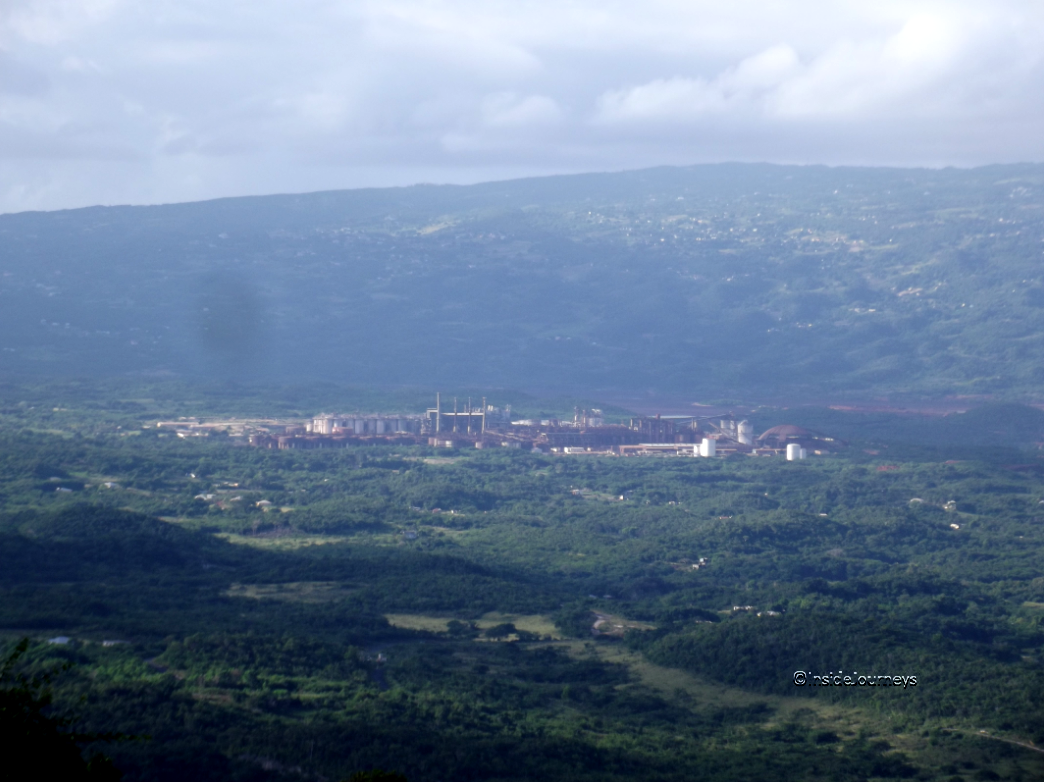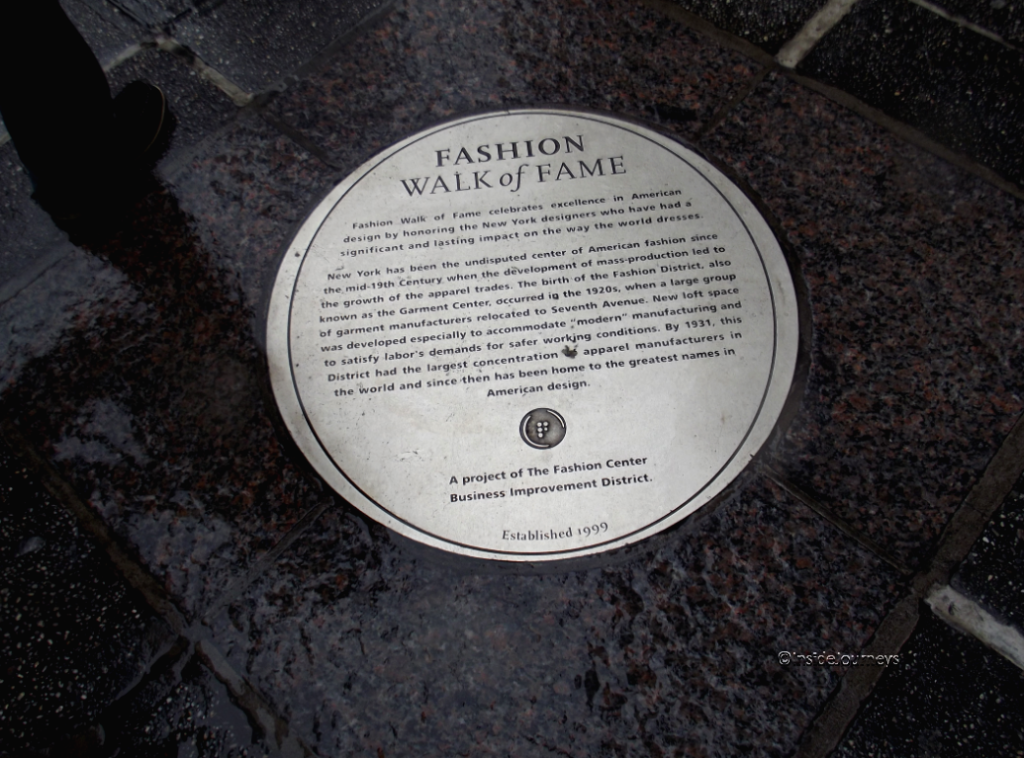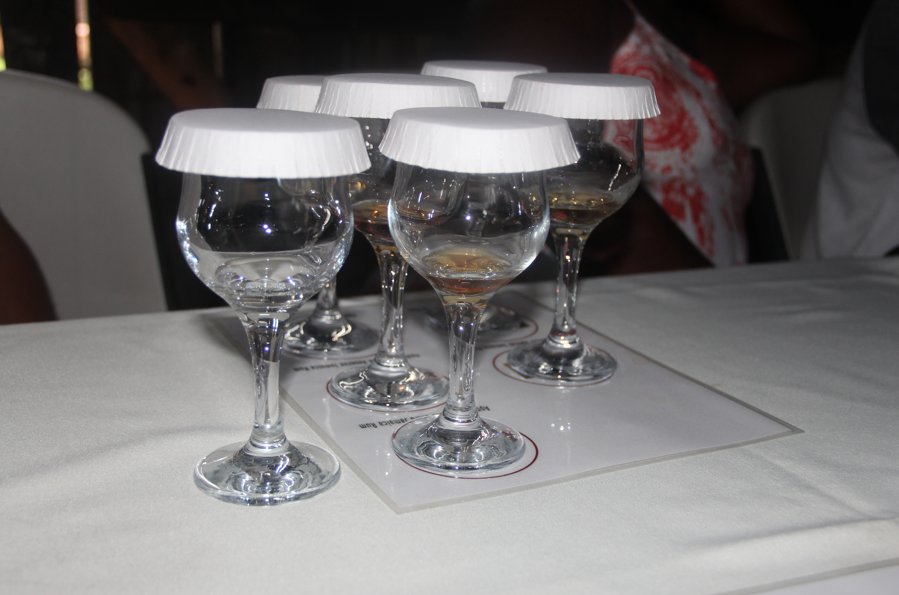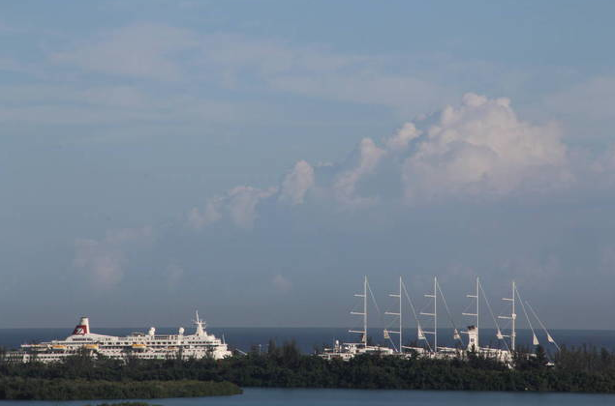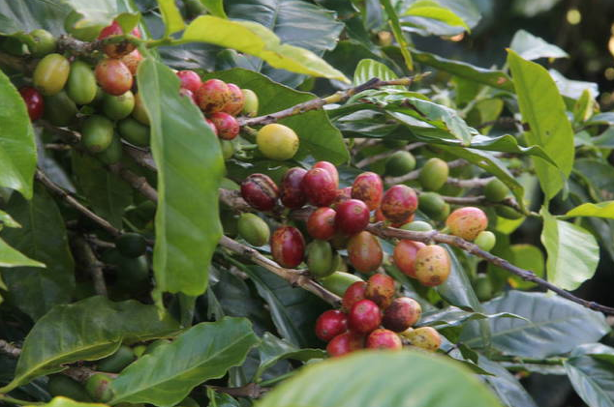I’m fascinated by churches, especially their design. Sometimes they’re simple, almost stark, other times elaborate.
If I have my camera and can stop, I’ll take photos or I’ll get my camera and return later.
Whatever their design, however, churches inspire reverence.

As I waited at the Rockville Center station for the train to Long Island a few years ago, I saw this church in the distance. I couldn’t believe how beautiful it looked but I couldn’t get close enough without missing my train. Interestingly, the first mass was celebrated in a blacksmith’s shop with an anvil serving as the altar. St. Agnes has come a long way since then, hosting Mother Theresa in 1986.

I used to stand on the corner opposite Ephesus in Harlem and stare up at the steeple. At 37 stories, it seems as if it could touch the sky. After doing that on several different occasions, I went back specifically to take a photo of it.
A fire in 1969, damaged the original steeple. It was replaced 35 years later with a new one which weights 7,000 pounds.

I spotted this church on a side street in Hackensack, NJ. It wasn’t the one I set out to photograph but I liked the quiet elegant look of it. Researching it later, I discovered that the stained glass windows in the sanctuary were designed by Tiffany.

I’m not sure how many times I walked pass this monastery near Penn Station, New York before I noticed the sign. Except for the statue, little else about the building says religion.
When I got home, I Googled the name and discovered that the Capucin Monastery Church of St. John is an Order of Friars that arose in 1520. It is part of the Catholic church.
This is my submission to Travel Photo Thursday, which Nancie at Budget Travelers Sandbox organizes. Be sure to head over and check out more photos from locations around the world.




























